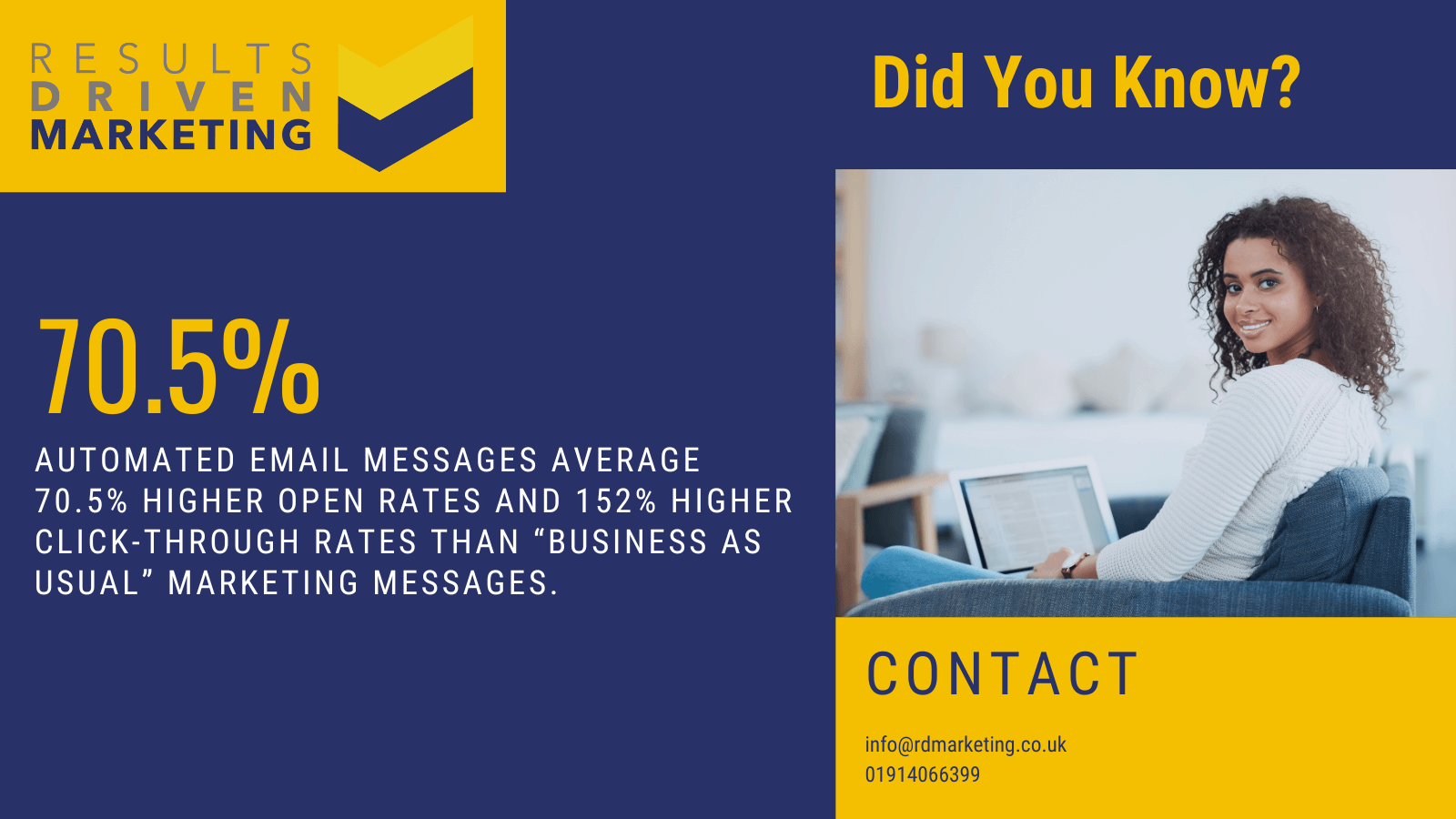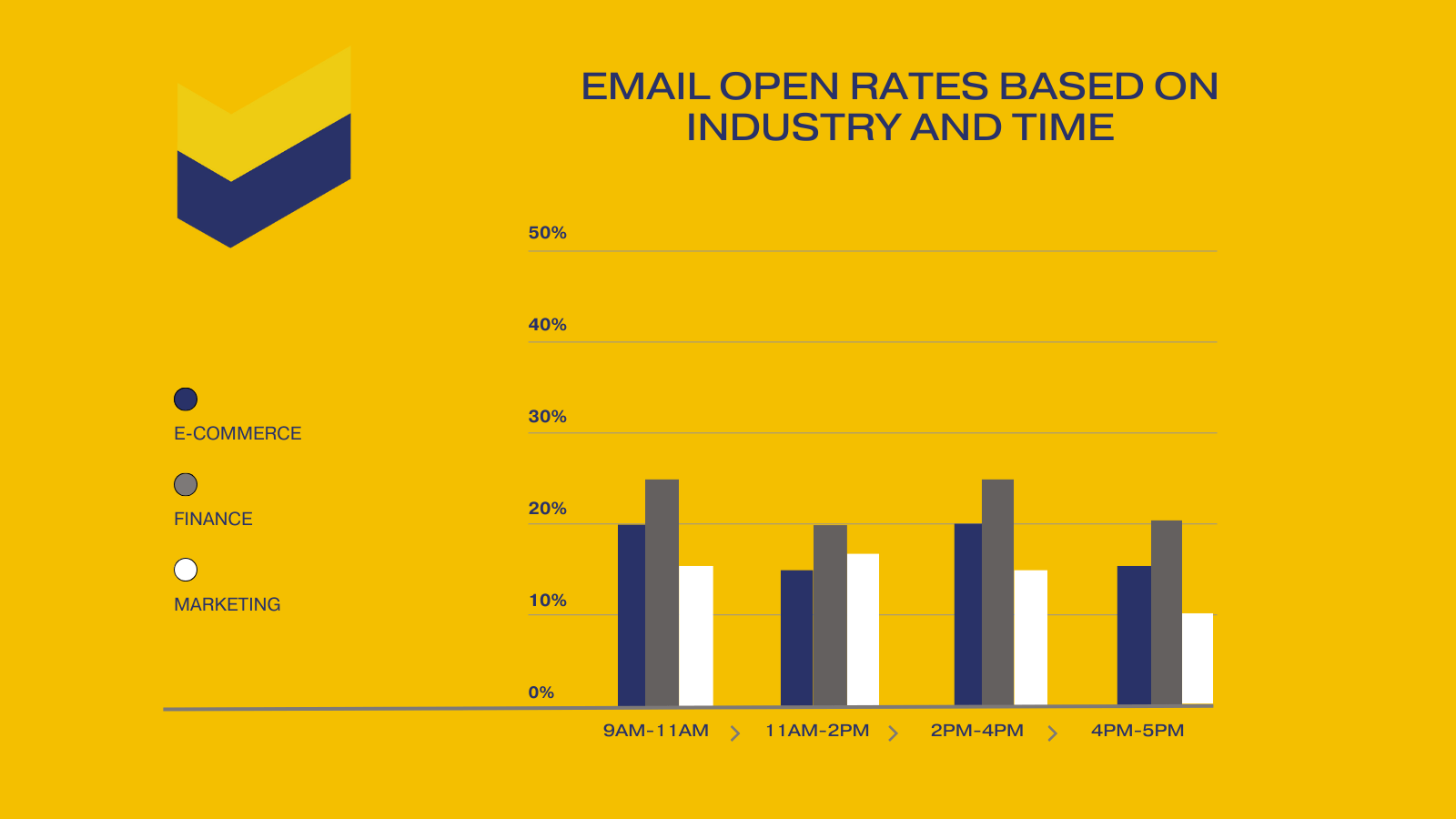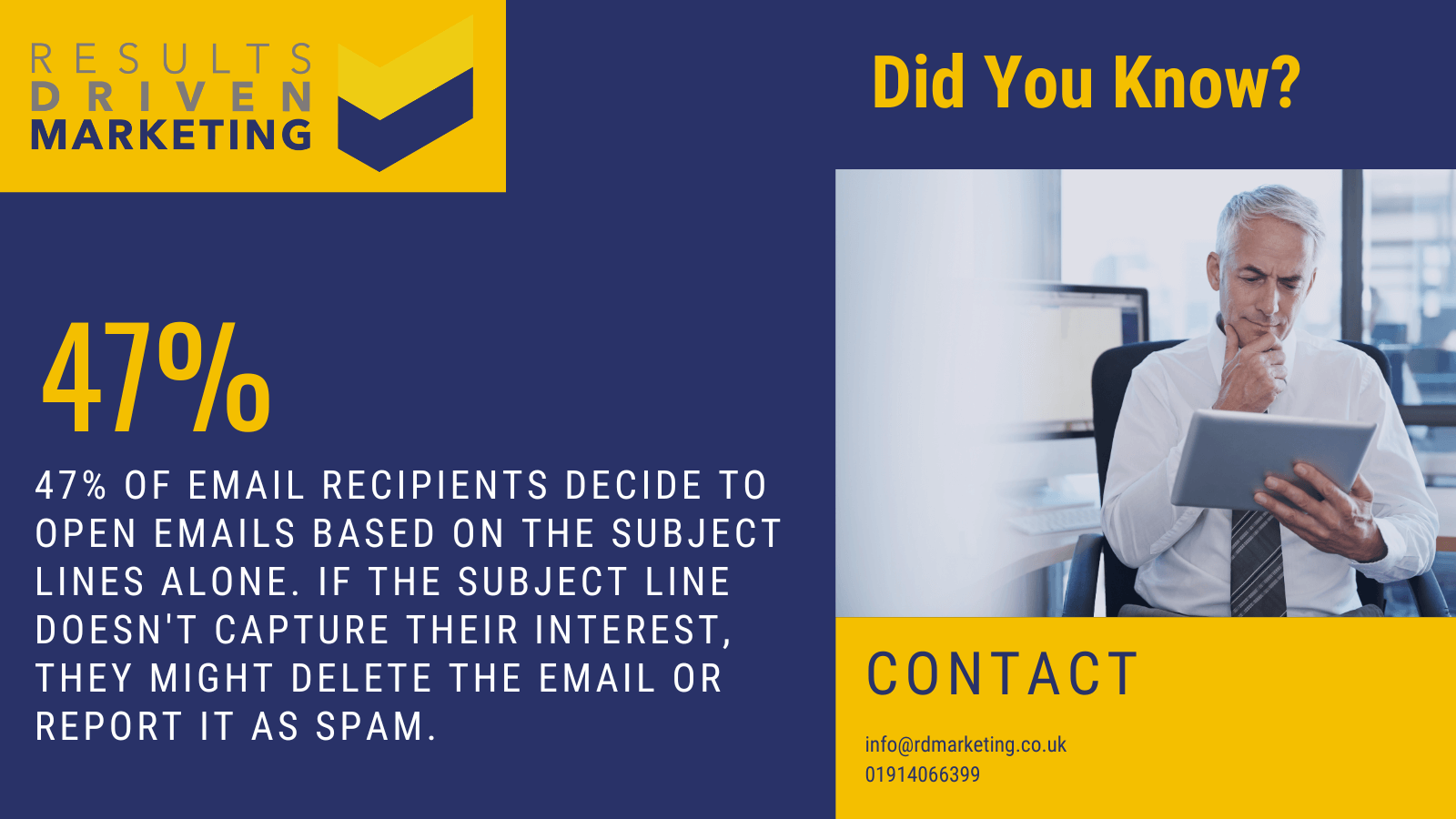
Understanding Email Marketing
In today’s digital age, understanding email marketing is akin to grasping the art of conversation in a bustling global cafe. It’s more than just sending out messages; it’s about building relationships, fostering trust, and engaging in meaningful interactions.
As we delve deeper into this realm, we’ll uncover the nuances, strategies, and best practices that make email marketing a pivotal tool for businesses worldwide. So, whether you’re a seasoned marketer or just dipping your toes, let’s embark on this enlightening journey together.

Table of contents:
What Is Email Marketing?
At its core, email marketing is a strategic approach to sending emails to prospects and customers. But, let’s be clear—it’s not just about sending out random emails. It’s about fostering genuine relationships and delivering value to your audience.
Think of it as a bridge, connecting your brand with people who genuinely want to hear from you. And when done right, it’s a bridge that leads to increased sales, brand loyalty, and a thriving community around your brand.
The Role of Email in the Modern Marketing Mix
In the vast world of marketing, where does email fit in? Well, it snugly sits right at the heart of it all. While there are countless channels available for brands to reach their audience, email stands out for its directness and personal touch. It’s like having a one-on-one conversation with your audience but at scale.
Moreover, with the rise of mobile devices, emails are now accessed on the go, making it a 24/7 marketing channel. It’s no longer just about sending newsletters or promotional offers. It’s about crafting a journey for your subscribers, guiding them from awareness to conversion, and even beyond.
Why Email Marketing is Essential
Understanding email marketing is crucial because, well, it’s a powerhouse. Here’s the deal:
- Reach: Did you know there are over 4 billion email users worldwide? That’s a massive audience waiting to hear from you.
- ROI: For every £1 spent on email marketing, brands can expect an average return of £42. Now, that’s impressive!
- Engagement: Emails allow for personalised content, leading to higher engagement rates compared to other marketing channels.
- Ownership: Unlike social media platforms where algorithms can change, your email list is something you own. It’s a direct line to your audience without any middlemen.
Email Marketing Fundamentals
It’s vast, it’s exciting, and it’s brimming with potential. But before we dive into the nitty-gritty, let’s get our foundations right. Understanding email marketing is akin to understanding the rhythm of a dance. Once you get the beat, every step and every move becomes second nature.
The Basics of Email Marketing
So, what’s the deal with email marketing? At its simplest, it’s about using email to promote your products or services. But, when you dig a little deeper, it’s so much more than that. It’s about connecting, about building relationships, and about delivering value. It’s a dialogue, not a monologue. And understanding email marketing means recognizing the power of this two-way conversation.
Remember: You’re a Guest in Their Inbox
This is crucial. When someone gives you their email address, they’re inviting you into their personal space. It’s a privilege. So, always be respectful. Think of it this way: you wouldn’t barge into someone’s house uninvited, would you? The same principle applies here. Every email you send should add value, be relevant, and most importantly, be welcomed. It’s all about trust, and understanding email marketing is about nurturing that trust.
How Does Email Marketing Work?
Alright, let’s break it down. Email marketing might seem complex, but when you strip it back, it’s pretty straightforward:
Capture: First, you need an audience. This means building a list of people who want to hear from you.
Create: Next, craft your message. What do you want to say? How do you want to say it?
Send: Hit that send button! But remember, timing is everything.
Engage: Monitor how your audience interacts with your email. Learn, adapt, and refine.
It’s a cycle, a continuous loop of learning and improving. And the more you understand email marketing, the better you’ll get at navigating this cycle.
Email Marketing Step 1: Build Your List
Your email list is your goldmine. It’s a list of people who have shown interest in what you have to offer. But how do you build it? Here are a few pointers:
- Offer Value: Give people a reason to subscribe. Maybe it’s an exclusive discount, a helpful guide, or access to a webinar.
- Make It Easy: Have a clear and accessible sign-up form on your website.
- Promote: Use your social media channels, blog, and other platforms to promote your sign-up form.
- Purchase: To speed this process up you can buy data from reputable suppliers like Results Driven Marketing
Remember, quality trumps quantity. It’s better to have a smaller list of engaged subscribers than a large list of people who never open your emails.
Email Marketing Step 2: Provide Great Content
Content is king. It’s an old saying, but it still holds true, especially in email marketing. Your content should be:
- Relevant: Tailor your content to your audience’s needs and interests.
- Valuable: Offer solutions, insights, and information that your subscribers can’t get elsewhere.
- Engaging: Make your content interesting. Use visuals, stories, and a conversational tone.
Advantages and Disadvantages of Email Marketing
Email marketing, it’s a term we’ve all heard, and most of us have interacted with it in one way or another. But like every coin, it has two sides. Let’s delve into the world of email marketing, weighing the pros and cons, and understanding the nuances that come with it.
Advantages of Email Marketing
Ah, the brighter side of things. Email marketing, when done right, can be a game-changer. Here’s why:
- Cost-Effective: Compared to traditional marketing methods, email marketing won’t burn a hole in your pocket.
- Targeted: You can tailor your messages to specific segments of your audience. Personalization? Check.
- Measurable: With the right tools, you can track opens, clicks, and conversions. It’s all about understanding email marketing metrics.
- Immediate: Hit send, and your message is in your subscriber’s inbox in seconds. No waiting around.

Disadvantages of Email Marketing
But, of course, it’s not all sunshine and rainbows. There are challenges:
- Spam: No one likes spam. And if you’re not careful, your emails could end up in the dreaded spam folder.
- Over-saturation: With everyone jumping on the email marketing bandwagon, inboxes are crowded. Standing out is tough.
- Technical Issues: Email rendering issues, broken links… the list goes on.
- List Maintenance: Keeping your list clean and updated is a continuous task.
Email Marketing Strategies and Techniques
Alright, let’s roll up our sleeves and dive into the meaty stuff. Strategies, techniques, the how-tos. Understanding email marketing is about mastering these elements.
Best Email Marketing Strategies
Crafting a winning strategy is an art. Here’s a step-by-step guide:
- Segment Your List: Not all subscribers are the same. Segment them based on behaviour, demographics, or purchase history.
- Automate: Use drip campaigns, welcome series, or cart abandonment emails.
- Test, Test, Test: A/B testing is your best friend. Test subject lines, content, send times, and more.

How to Write Email Marketing Copy That Drives Results
Writing compelling copy is a skill. Here’s how to nail it:
- Know Your Audience: Speak their language. Address their pain points.
- Clear and Concise: No one has time for long-winded emails. Get to the point.
- Strong Call to Action: Tell your readers what you want them to do. And make it enticing.
How to Write a Great Email Newsletter
Newsletters are a staple. Here’s how to make yours stand out:
- Valuable Content: Share insights, news, or tips. Make it worth the read.
- Consistent Schedule: Whether it’s weekly or monthly, stick to a schedule.
- Engaging Design: Use visuals, headers, and bullet points to break up the text.
Automation and Tools in Email Marketing
Ah, automation. It’s like having a virtual assistant, tirelessly working behind the scenes, ensuring your email marketing runs smoothly. And with the right tools? Well, let’s just say it’s like giving that assistant a magic wand. Dive in, and let’s explore the wonders of automation and the tools that make it all possible in the realm of email marketing.
How to Automate Your Email Marketing
Automating your email marketing, it’s not just a trend; it’s a necessity. Here’s a step-by-step guide to get you started:
Define Your Goals: Before you jump in, know what you want to achieve. More sales? Better engagement? Define it.
Segment Your Audience: Automation shines when you tailor it to different segments. Personalise and you’ll see the magic unfold.
Choose the Right Triggers: Whether it’s a new subscriber, a product purchase, or a cart abandonment, set up triggers that initiate the automation.
Craft Your Emails: Write those emails in advance. Make them engaging, relevant, and timely.
Test and Optimise: Set it up, and let it run, but always keep an eye out. Tweak and refine as you go.
Email Marketing Software and Tools
The digital toolbox for email marketing, it’s vast and varied. But fear not, we’ve sifted through the noise to bring you the cream of the crop:
- Email Service Providers (ESPs): Platforms like Responder make sending emails a breeze.
- Automation Platforms: Tools like HubSpot and ActiveCampaign allow for intricate automation workflows.
- Analytics Tools: Understand your performance. Dive deep into metrics with tools like Litmus or Email on Acid.
- Design Tools: Make your emails pretty and functional with platforms like Canva or BEE.
Is understanding email marketing a good idea?
Well, let’s put it this way. Imagine you’re setting sail on a vast ocean. Understanding email marketing is like having a map, a compass, and a seasoned crew. Without it, you’re just drifting, hoping to find land. With the digital landscape becoming more competitive by the day, understanding the intricacies of email marketing is not just a good idea; it’s essential. It’s the difference between sailing smoothly and being lost at sea.

What are the key considerations of understanding email marketing?
Embarking on the journey of understanding email marketing? Here are some key considerations to keep in mind:
- Audience First: Know who you’re talking to. Understand their needs, preferences, and pain points.
- Content is King: It’s an age-old saying, but it holds. Craft content that resonates, engages, and drives action.
- Consistency is Key: Whether it’s your sending schedule or your brand voice, consistency builds trust.
- Stay Updated: The digital world is ever-evolving. Stay updated with the latest trends, tools, and best practices.
- Ethics Matter: Respect privacy. Follow regulations. And always, always prioritise your audience’s trust.
FAQ
Why is personalisation crucial in email marketing?
Ah, personalisation. Imagine walking into a cafe, and the barista remembers your name and your usual order. Feels good, right? That’s what personalization in email marketing does. It makes your subscribers feel seen, valued and understood. It’s not just about addressing them by their first name; it’s about delivering content that resonates with their preferences and behaviours.
How can emojis enhance email engagement?
Emojis, those tiny digital expressions, packs quite the punch. They add a dash of fun, a sprinkle of emotion, and a whole lot of personality to emails. By breaking the monotony of text, they capture attention, convey feelings, and even increase open rates. It’s like adding a splash of color to a black-and-white picture.
What are the common mistakes to avoid in email marketing?
Navigating the email marketing waters comes with its set of pitfalls. Some common missteps include:
- Sending Too Many Emails: It’s like that friend who just won’t stop talking. Annoying, right?
- Ignoring Mobile Optimisation: In today’s world, if your email doesn’t look good on a phone, you’re missing out. Big time.
- Not Segmenting Your List: Sending the same email to everyone? It’s a missed opportunity to tailor and resonate.
- Forgetting to Test: Always, always test your emails. Think of it as a dress rehearsal before the big show.
How often should A/B testing be conducted for emails?
A/B testing in emails is like trying on two outfits and asking a friend which looks better. It’s about finding what resonates more with your audience. As for how often? Well, the digital landscape is ever-evolving. So, with every new campaign or significant change, give A/B testing a whirl. It keeps things fresh and optimized.
Why is an email call to action important?
An email without a call to action is like a story without an ending. It leaves the reader hanging, wondering what to do next. A clear, compelling call to action guides the reader, urging them to take the next step, whether making a purchase, signing up, or simply reading more. It’s the bridge between engagement and conversion.
Conclusion
In the digital age, email marketing remains a powerful and essential tool for businesses and individuals alike. It offers a direct line of communication to a targeted audience, allowing for personalised interactions and fostering long-term relationships.
As we’ve explored throughout this article, understanding the nuances of email marketing—from crafting compelling content and designing responsive templates to analysing metrics and optimising campaigns—is crucial for achieving desired outcomes.
By staying updated with the latest trends, technologies, and best practices, marketers can harness the full potential of email campaigns, driving engagement, conversions, and growth. As with any marketing strategy, the key lies in continuous learning, testing, and adapting to ensure that email remains an effective and relevant channel in an ever-evolving digital landscape.
Who are we?
Providing b2b database solutions is our passion.
Offering a consultancy service prior to purchase, our advisors always aim to supply a database that meets your specific marketing needs, exactly.
We also supply email marketing solutions with our email marketing platform.
We have the best data of email lists for your networking solutions as well as direct mailing lists & telemarketing lists
A good quality b2b database is the heartbeat of any direct marketing campaign…
It makes sense to ensure you have access to the best!
Call us today on 0191 406 6399 to discuss your specific needs.
Results Driven Marketing
0191 406 6399





